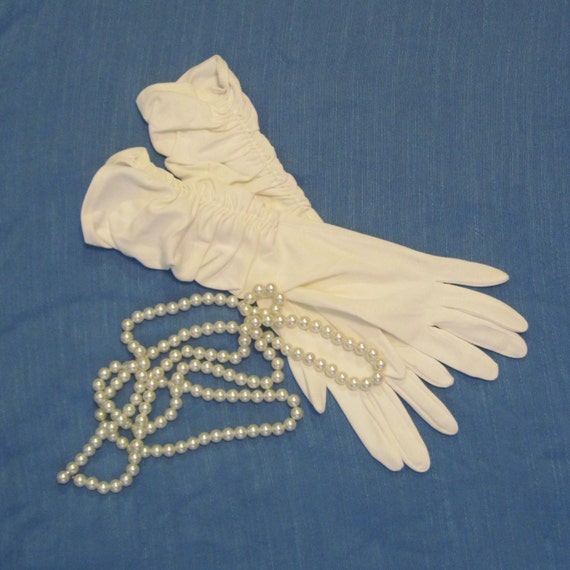May is National Bike Month here in the US.
I didn't know, until a few moments ago, that May was first designated as NBM in 1956. It's now sponsored by the League of American Bicyclists, formerly known as the League of American Wheelmen.
The first Bike Month was celebrated two years before I was born. I don't recall hearing anything about it when I was growing up. Early in my childhood (the mid-1960s), there were few adult cyclists, at least in my milieu: blue-collar Brooklyn. Even when the '70's Bike Boom took off, I still didn't see very many cyclists a decade or more older than I was. By that time, my family had moved to a small town in New Jersey that was on the verge of becoming the commuter suburb it would be by the time I left for college.
I have been told, however, that in NBM's early years, it was used to promote bicycle safety, mainly in schools. At that time, some notions about bike safety were, shall we say, misguided. (Oh, wait: They are now, too!) Bike safety films--some of which "The Retrogrouch" has posted on his blog--imparted such pearls of wisdom as riding the door lane of a street and being prepared to "stop a lot".
Putting kids in the door lane? Hmm....Could it have been intended as a population control device--along with "Stik" shifters on Sting Rays and Choppers?
Anyway...Bike Month today seems to be more about generally encouraging people to ride, in particular to work or school. It's become a way to promote cycling as part of a way to make communities more sustainable. My home state of New York has one of the highest percentages of people who cycle or walk to work. Interestingly, Alaska is also, along with "usual suspects" Oregon and Vermont, also among the highest.
Whatever its purpose, I'm all for NBM because I'm all for anything that celebrates cycling. Then again, I also feel the same way about it that I feel about Black History Month, Women's History Month and all of the other "awareness" days, weeks and months: They're great, but the people and things they commemorate should always be remembered.
I didn't know, until a few moments ago, that May was first designated as NBM in 1956. It's now sponsored by the League of American Bicyclists, formerly known as the League of American Wheelmen.
The first Bike Month was celebrated two years before I was born. I don't recall hearing anything about it when I was growing up. Early in my childhood (the mid-1960s), there were few adult cyclists, at least in my milieu: blue-collar Brooklyn. Even when the '70's Bike Boom took off, I still didn't see very many cyclists a decade or more older than I was. By that time, my family had moved to a small town in New Jersey that was on the verge of becoming the commuter suburb it would be by the time I left for college.
I have been told, however, that in NBM's early years, it was used to promote bicycle safety, mainly in schools. At that time, some notions about bike safety were, shall we say, misguided. (Oh, wait: They are now, too!) Bike safety films--some of which "The Retrogrouch" has posted on his blog--imparted such pearls of wisdom as riding the door lane of a street and being prepared to "stop a lot".
Putting kids in the door lane? Hmm....Could it have been intended as a population control device--along with "Stik" shifters on Sting Rays and Choppers?
| From The Orange County Bicycle Coalition |
Anyway...Bike Month today seems to be more about generally encouraging people to ride, in particular to work or school. It's become a way to promote cycling as part of a way to make communities more sustainable. My home state of New York has one of the highest percentages of people who cycle or walk to work. Interestingly, Alaska is also, along with "usual suspects" Oregon and Vermont, also among the highest.
Whatever its purpose, I'm all for NBM because I'm all for anything that celebrates cycling. Then again, I also feel the same way about it that I feel about Black History Month, Women's History Month and all of the other "awareness" days, weeks and months: They're great, but the people and things they commemorate should always be remembered.















.jpg)
